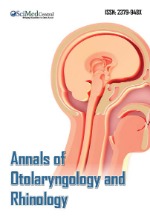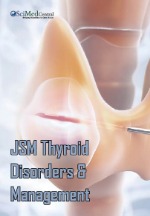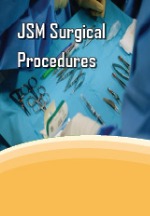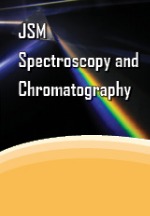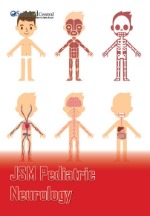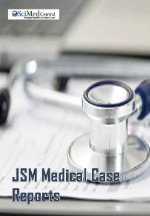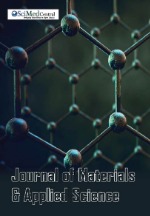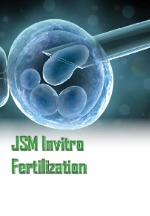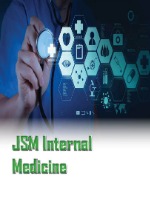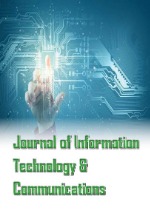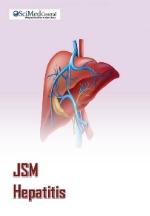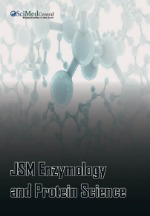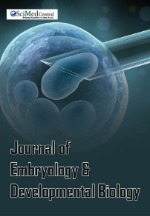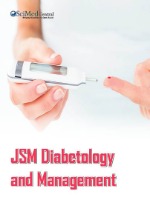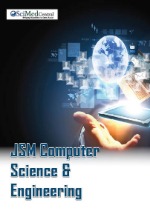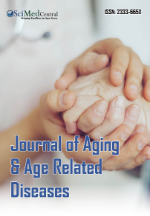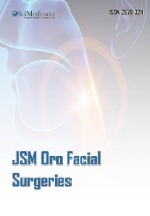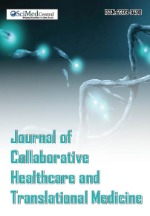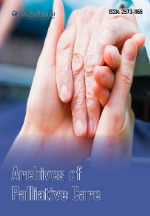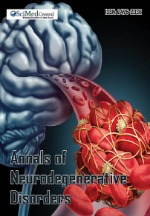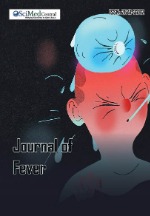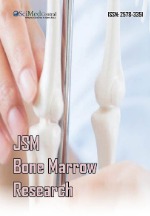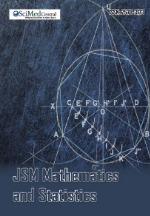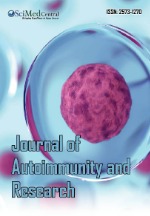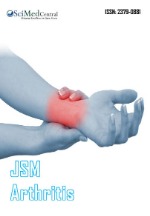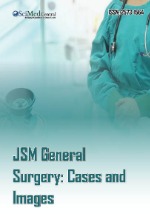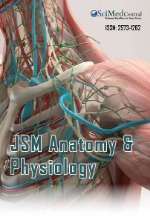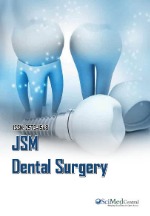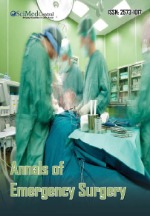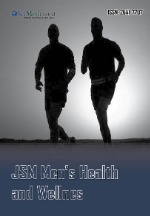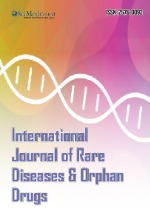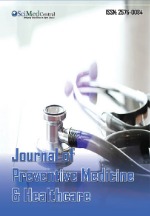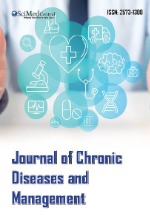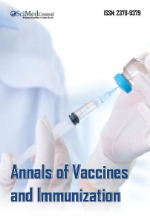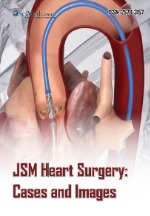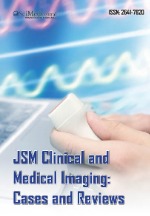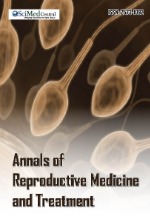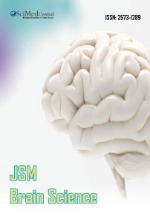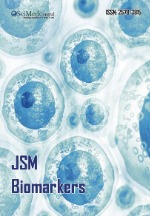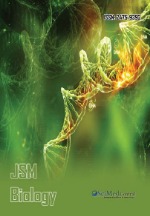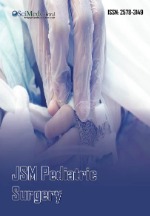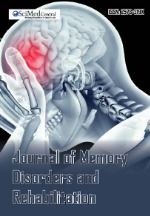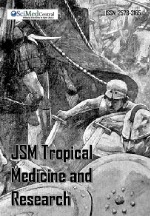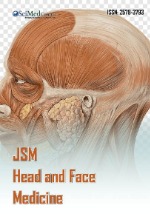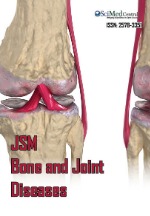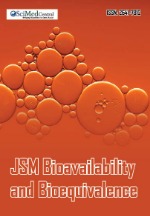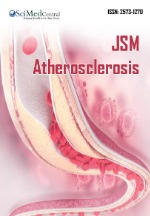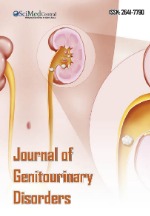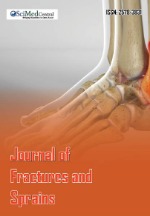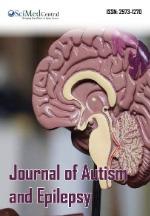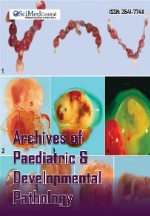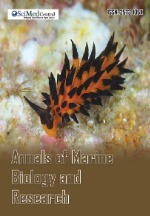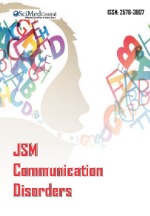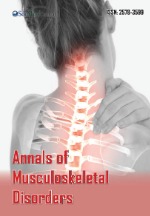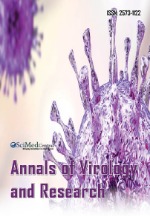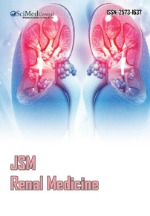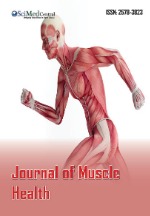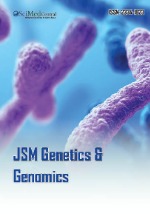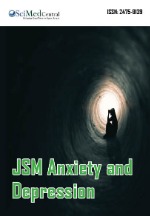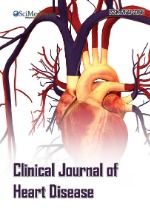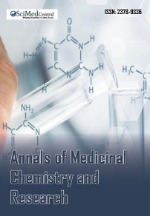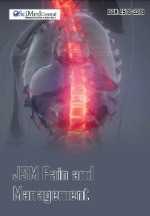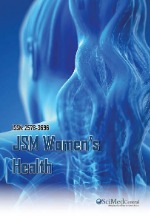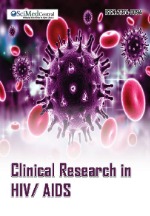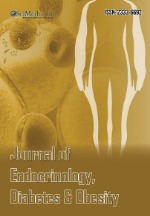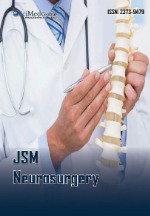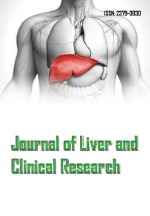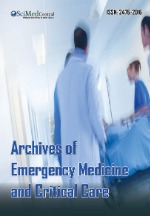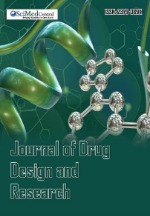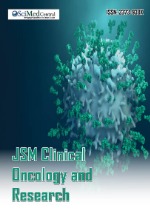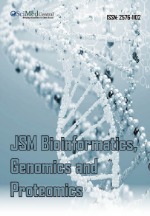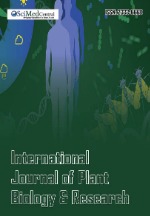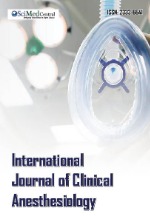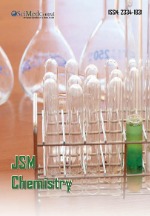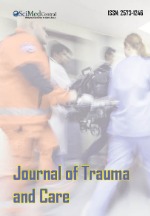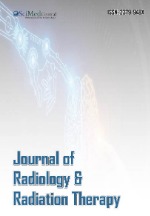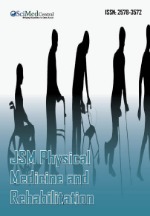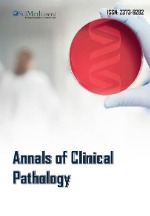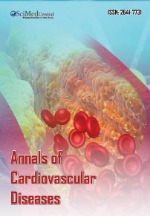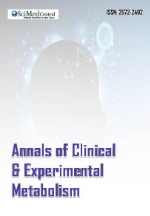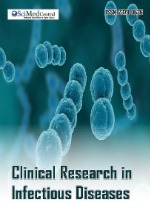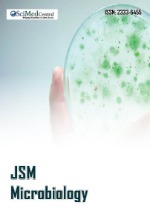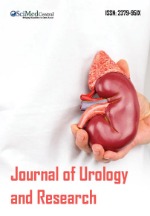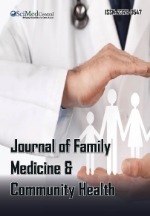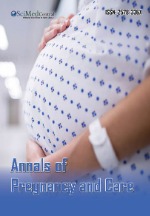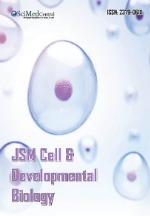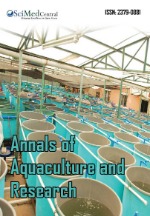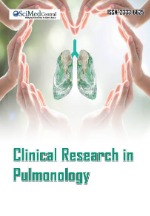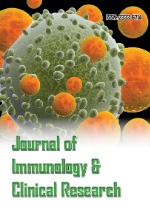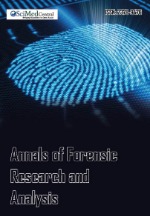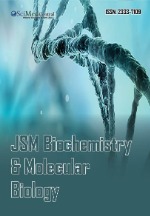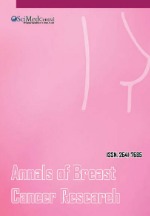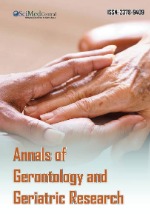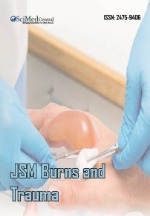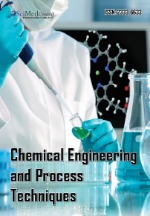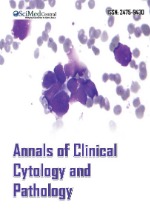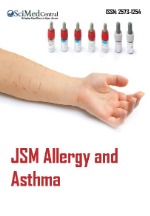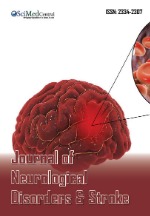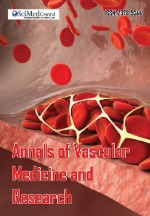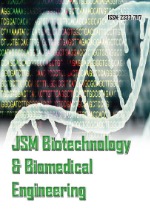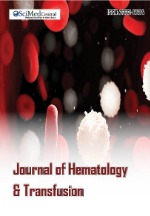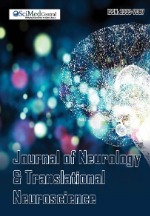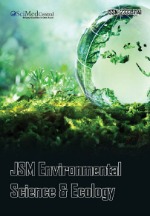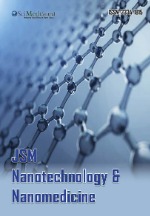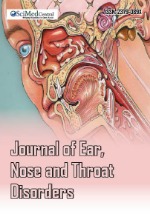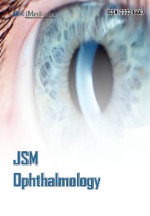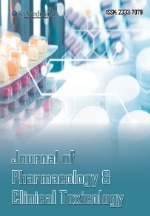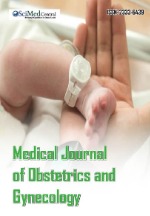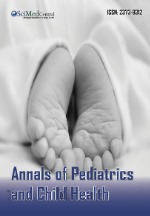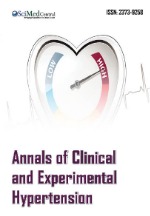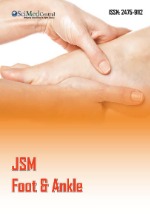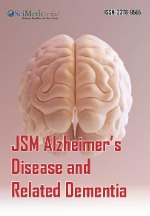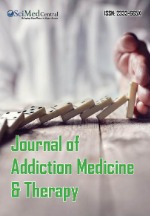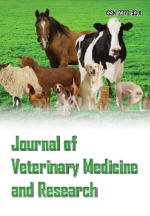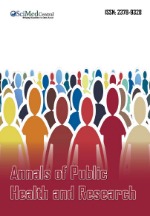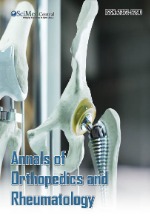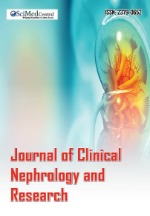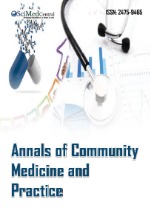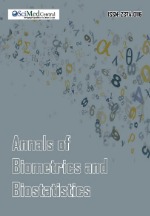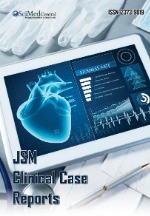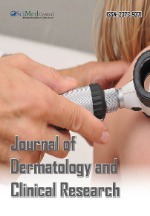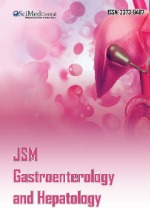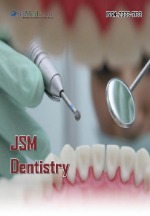Pathological Complete Response after Neoadjuvant Chemoimmunotherapy for Locally Advanced Esophageal Squamous Cell Carcinoma: A Case Report
- 1. Department of Oncology, Multidisciplinary Team of Oncology, the Fifth Affiliated Hospital of Kunming Medical University, China
- 2. Department of Emergency Medicine, Multidisciplinary Team of Oncology, the Fifth Affiliated Hospital of Kunming Medical University, China
- 3. Department of Nephrology, Multidisciplinary Team of Oncology, the Fifth Affiliated Hospital of Kunming Medical University, China
- 4. Department of Endoscopy, Multidisciplinary Team of Oncology, the Fifth Affiliated Hospital of Kunming Medical University, China
- 5. Department of Orthopaedic, Multidisciplinary Team of Oncology, the Fifth Affiliated Hospital of Kunming Medical University, China
- 6. Department of Urology, Multidisciplinary Team of Oncology, the Fifth Affiliated Hospital of Kunming Medical University, China
- 7. Department of Ultrasonography, Multidisciplinary Team of Oncology, the Fifth Affiliated Hospital of Kunming Medical University, China
- 8. Department of Laboratory Medicine, Multidisciplinary Team of Oncology, the Fifth Affiliated Hospital of Kunming Medical University, China
- 9. Department of Gastroenterology, Multidisciplinary Team of Oncology, the Fifth Affiliated Hospital of Kunming Medical University, China
Abstract
Given neoadjuvant therapy has potential to increase overall survival before oesophagectomy, neoadjuvant chemotherapy or chemoradiotherapy are recommended before the curative surgery for patients with resectable locally advanced esophageal cancer(LAEC), but the optimal strategy remains inconclusive. Here, we report a case about a patient with LAEC who achieved a pathologically complete response after neoadjuvant immunochemotherapy. It is necessary to implement more clinical trials to determine which neoadjuvant therapy is more beneficial.
Keywords
• Esophageal squamous cell carcinoma
• Neoadjuvant chemoimmunotherapy
• Tislelizumab
• Pathological Complete Response
• Case report
CITATION
Li Z, Tao Y, Caihong Z, Xin W, Jinsong X, et al. (2024) Pathological Complete Response after Neoadjuvant Chemoimmunotherapy for Locally Advanced Esophageal Squamous Cell Carcinoma: A Case Report. J Cancer Biol Res 11(2): 1147
INTRODUCTION
85% of esophageal cancer are esophageal squamous cell carcinoma (ESCC) and tremendously threaten the human health [1]. A substantial proportion of them are locally advanced ESCC patients with a very poor prognosis and high mortality when diagnosed. As neoadjuvant chemotherapy(NCT) or chemoradiotherapy (NCRT) plus surgery notably improved long-term survival compared to surgery alone therefore gradually applied in the clinical practice [2-5]. However, the optimal neoadjuvant treatment for resectable ESCC is controversial. Numerous studies have demonstrated the efficacy of immunotherapy in the treatment of advanced ESCC, and the neoadjuvant chemoimmunotherapy(NACI) dramatically improved overall survival(OS) and progression-free survival(PFS) compared with placebo and chemotherapy [6-8]. Moreover, NICT is not inferior to conventional NCRT in terms of R0 resection and pathological complete response (pCR) with fewer complications such as a lower incidence of pneumonia, and manifests favorable clinical response of metastatic lymph nodes (MLNs) [9-12]. Regardless of PD-L1 expression, Tislelizumab, an anti-programmed cell death protein 1 antibody combined with chemotherapy not only showed better OS compared with placebo plus chemotherapy for advanced ESCC as a first-line therapy, but also demonstrated better efficacy and manageable adverse effects than chemotherapy as second-line treatment [13,14]. However, there are few studies about Tislelizumab plus chemotherapy as NACI for advanced ESCC.
CASE PRESENTATION
A 50-year-old male was admitted to the hospital with “progressive dysphagia for 2 weeks”. Gastroscopy revealed a space-occupying lesion approximately 30cm-39cm from the incisors, resulting in a narrowing of the ductal lumen [Figure 1A] and gastroscopic biopsy of esophageal mass indicated esophageal squamous cell carcinoma [Figure 2C].
Figure 1: Pre-clinical examination results of patients.
Additionally, iodine hydrography of the upper gastrointestinal tract illustrated the limited stenosis of the middle and lower thoracic esophagus with a visible filling defect [Figure 1B]. Furthermore, Whole body computed tomography (CT scan) demonstrated occupying lesion in the middle and lower esophagus with multiple enlarged lymph nodes around mediastinum, paramedian descending aorta, gastric fundus area without metastasis to other organs [Figure 1C, Figure 2A]. Eastern Cooperative Oncology Group performance status=1.
Figure 2: Physical size and pathological changes of primary oesophageal tumor before and after neoadjuvant treatment.
Diagnosis
Locally esophageal squamous cell carcinoma. Satging: pT3N2M0 III B.
Course of treatment
After 2 cycles NACI albumin paclitaxel + carboplatin + Tislelizumab), both the lower and middle esophagus lesion and multiple enlarged lymph nodes are less extensive, which were measured through Response Evaluation Criteria in Solid Tumours (version 1.1) [Figure 2B]. Subsequently, this patient underwent the Ivor-lewis esophagectomy (laparoscopic combined right open thoracic radical oesophageal cancer surgery). Postoperative biopsy examination report suggested no tumour was found in the oesophageal tumour bed, and there were many histiocytic aggregates in the submucosal layer, muscular layer and subepithelial layer, lymphocyte infiltration, and focal multinucleated giant cell reaction, which was consistent with pathological changes in response to the “post- NACI “ reaction [Figure 2D]. Besides, surgical margin was also observed tumor-free state. A total of 18 lymph nodes were detected and no tumour was found including: 0/1 lymph node in “group IX”, 0/4 lymph nodes in “left side of stomach”, 0/2 lymph nodes in “side of cardia”, 0/3 lymph nodes in “side of oesophagus”, 0/5 lymph nodes in “subglottic”, 0/3 lymph nodes in “side of tumour”. Consequently, postoperative staging is ypT0N0M0 I.
Clinical outcomes
This patient’s primary tumor shrank significantly after NACI and a postoperative biopsy showed a therapeutic outcome of pCR was achieved, and no serious adverse effects were observed throughout the treatment procedure.
DISCUSSION
Despite the remarkeble neoadjuvant results of this case we report, expansion from individual cases to large-scale clinical randomized trials is essential. Additionally, the options and combinations of neoadjuvant therapies are expanding, even neoadjuvant anti-PD-L1 monotherapy is under consideration. [15,16]. Therefore, comprehensively evaluating all of these combinations strategy is necessary.
REFERENCES
- Morgan E, Soerjomataram I, Rumgay H, Coleman HG, Thrift AP, Vignat J, et al. The Global Landscape of Esophageal Squamous Cell Carcinoma and Esophageal Adenocarcinoma Incidence and Mortality in 2020 and Projections to 2040: New Estimates From GLOBOCAN 2020. Gastroenterology. 2022; 163: 649-658.e2.
- Fan N, Wang Z, Zhou C, Bludau M, Contino G, ZhaoY, et al. Comparison of outcomes between neoadjuvant chemoradiotherapy and neoadjuvant chemotherapy in patients with locally advanced esophageal cancer: A network meta-analysis. EClinicalMedicine. 2021; 42: 101183.
- Zhou HY, Zheng SP, Li AL, Gao QL, Ou QY, Chen YJ, et al. Clinical evidence for association of neoadjuvant chemotherapy or chemoradiotherapy with efficacy and safety in patients with resectable esophageal carcinoma (NewEC study). EClinicalMedicine. 2020; 24: 100422.
- Yang H, Liu H, Chen Y, Zhu C, Fang W, Yu Z, et al. Long-term Efficacy of Neoadjuvant Chemoradiotherapy Plus Surgery for the Treatment of Locally Advanced Esophageal Squamous Cell Carcinoma: The NEOCRTEC5010 Randomized Clinical Trial. JAMA Surg. 2021; 156: 721-729.
- Klevebro F, Von Döbeln GA, Wang N, Johnsen G, Jacobsen AB, Friesland S, et al. A randomized clinical trial of neoadjuvant chemotherapy versus neoadjuvant chemoradiotherapy for cancer of the oesophagus or gastro-oesophageal junction. Ann Oncol. 2016; 27: 660-667.
- Xia P, Li P, Wu S, Wang Y, Ye P, Zhang C, et al. Evaluation of the safety and effectiveness of neoadjuvant combined chemoimmunotherapy in the treatment of locally advanced esophageal squamous cell carcinoma: a retrospective single-arm cohort study. Ann Transl Med. 2022; 10: 991.
- Luo H, Lu J, Bai Y, Mao T, Wang J, Fan Q, et al. Effect of Camrelizumab vs Placebo Added to Chemotherapy on Survival and Progression- Free Survival in Patients With Advanced or Metastatic Esophageal Squamous Cell Carcinoma: The ESCORT-1st Randomized Clinical Trial. JAMA. 2021; 326: 916-925.
- Liu J, Li J, Lin W, Shao D, Depypere L, Zhang Z, et al. Neoadjuvant camrelizumab plus chemotherapy for resectable, locally advanced esophageal squamous cell carcinoma (NIC-ESCC2019): A multicenter, phase 2 study. Int J Cancer. 2022; 151: 128-137.
- Xu L, Wei XF, Li CJ, Yang ZY, Yu Yk, Li HM, et al. Pathologic responses and surgical outcomes after neoadjuvant immunochemotherapy versus neoadjuvant chemoradiotherapy in patients with locally advanced esophageal squamous cell carcinoma. Front Immunol. 2022; 13: 1052542.
- Xu J, Yan C, Li Z, Cao Y, Duan H, Ke S. Efficacy and Safety of Neoadjuvant Chemoimmunotherapy in Resectable Esophageal Squamous Cell Carcinoma: A Meta-analysis. Ann Surg Oncol. 2023; 30: 1597-1613.
- Cheng J, Guo M, Yang Y, Liu Y, Hu W, Shang Q, et al. Perioperative Outcomes of Minimally Invasive Esophagectomy After Neoadjuvant Immunotherapy for Patients With Locally Advanced Esophageal Squamous Cell Carcinoma. Front Immunol. 2022; 13: 848881.
- Xiao X, Yang YS, Zeng XX, Shang QX, Luan SY, Zhou JF, et al. The comparisons of neoadjuvant chemoimmunotherapy versus chemoradiotherapy for oesophageal squamous cancer. Eur J Cardiothorac Surg. 2022; 62: ezac341.
- Xu J, Kato K, Raymond E, Hubner RA, Shu Y, Pan Y, et al. Tislelizumab plus chemotherapy versus placebo plus chemotherapy as first- line treatment for advanced or metastatic oesophageal squamous cell carcinoma (RATIONALE-306): a global, randomised, placebo- controlled, phase 3 study. Lancet Oncol. 2023; 24: 483-495.
- Shen L, Kato K, Kim SB, Ajani JA, Zhao K, He Z, et al. Tislelizumab Versus Chemotherapy as Second-Line Treatment for Advanced or Metastatic Esophageal Squamous Cell Carcinoma (RATIONALE-302): A Randomized Phase III Study. J Clin Oncol. 2022; 40: 3065-3076.
- Wu P, Zhang Z, Yuan Y, Zhang C, Zhang G, Xue L, et al. A tumor immune microenvironment-related integrated signature can predict the pathological response and prognosis of esophageal squamous cell carcinoma following neoadjuvant chemoradiotherapy: A multicenter study in China. Int J Surg. 2022; 107: 106960.
- Yin J, Yuan J, Li Y, Fang Y, Wang R, Jiao H, et al. Neoadjuvant adebrelimab in locally advanced resectable esophageal squamous cell carcinoma: a phase 1b trial. Nat Med. 2023; 29: 2068-2078.




